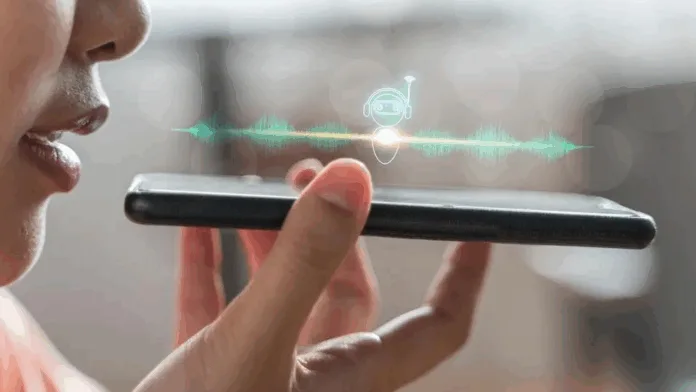In 2025, voice technology is no longer just a novelty—it’s a necessity. From setting reminders and controlling smart home devices to managing complex workflows, AI assistants are seamlessly woven into our daily lives. With rapid advances in natural language processing and machine learning, voice-powered digital tools have evolved into intelligent companions, reshaping how we interact with technology.
The Evolution of Voice Technology
Voice interfaces began as basic tools limited to performing simple tasks like setting alarms or checking the weather. Today, AI assistants such as Siri, Alexa, and Google Assistant have matured into versatile platforms capable of understanding context, learning user preferences, and executing multi-step commands. These improvements are driven by advanced voice recognition and deep learning algorithms that continuously refine their understanding of human speech.
Voice technology has gone from reactive to proactive. AI assistants can now anticipate user needs, provide real-time recommendations, and even interpret emotions based on tone and behavior.
AI Assistants in the Modern World
AI assistants are no longer confined to smartphones and speakers. They are integrated into cars, appliances, office tools, and even wearable devices. Whether you’re driving and need directions, or cooking and want to convert measurements hands-free, AI assistants are always available to help.
In healthcare, digital assistants are aiding physicians by transcribing notes and retrieving medical data through voice commands. In business, they’re being used to schedule meetings, compose emails, and manage customer service tasks.
These versatile functions showcase how voice technology has become embedded into both personal and professional routines.
Smart Home Devices and Voice Control
One of the most transformative impacts of voice technology is seen in smart home environments. Smart home devices such as lights, thermostats, security systems, and entertainment centers can all be controlled using voice commands. This not only adds convenience but also enhances accessibility for users with mobility challenges.
Instead of fumbling with apps or switches, users can simply say, “Turn off the lights,” or “Set the thermostat to 72 degrees.” Voice-activated homes offer seamless automation and create a truly connected living experience.
The Role of Natural Language Processing
Natural language processing (NLP) is the backbone of effective voice technology. NLP allows AI systems to understand, interpret, and respond to human language in a way that feels intuitive. As NLP continues to improve, AI assistants are getting better at handling regional dialects, slang, and even sarcasm.
In the coming years, we can expect AI systems to participate in more natural, flowing conversations and understand context more deeply than ever before.
Challenges and Future Prospects
While voice technology has made impressive strides, it still faces hurdles. Privacy concerns remain a significant barrier, as users are cautious about devices that are always “listening.” Moreover, noisy environments and language nuances still challenge voice recognition systems.
However, the industry is rapidly addressing these issues through better encryption, offline processing capabilities, and more inclusive language models.
Looking ahead, we can expect AI assistants to become even more predictive and adaptive. Integration with augmented reality (AR) and expanded contextual understanding will pave the way for next-gen digital assistants that act more like human collaborators than mere tools.
Why Voice Technology Is Here to Stay
The hands-free, intuitive nature of voice interfaces makes them ideal for the fast-paced digital age. As devices become smaller and more embedded in our environments, screenless interaction will dominate—and voice technology will be the bridge between humans and machines.
AI-powered voice assistants aren’t just tools; they’re companions that learn, adapt, and evolve with us. Whether it’s managing our homes, streamlining our workflows, or helping us stay connected, voice technology is at the core of how we live, work, and play in 2025 and beyond.
Conclusion
Voice technology is no longer futuristic—it’s foundational. With AI assistants becoming more intelligent and integrated, our relationship with machines is being redefined. From smart homes to workplaces, voice interaction is proving to be faster, more accessible, and increasingly indispensable.
